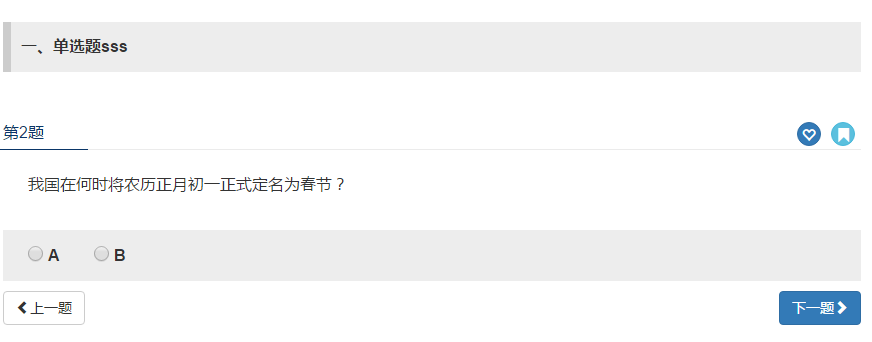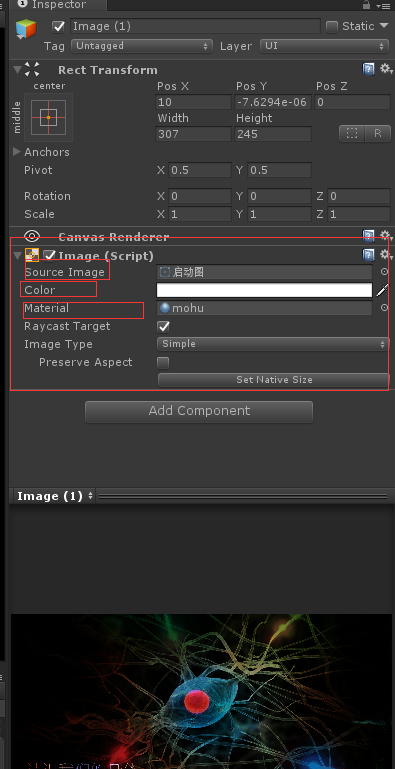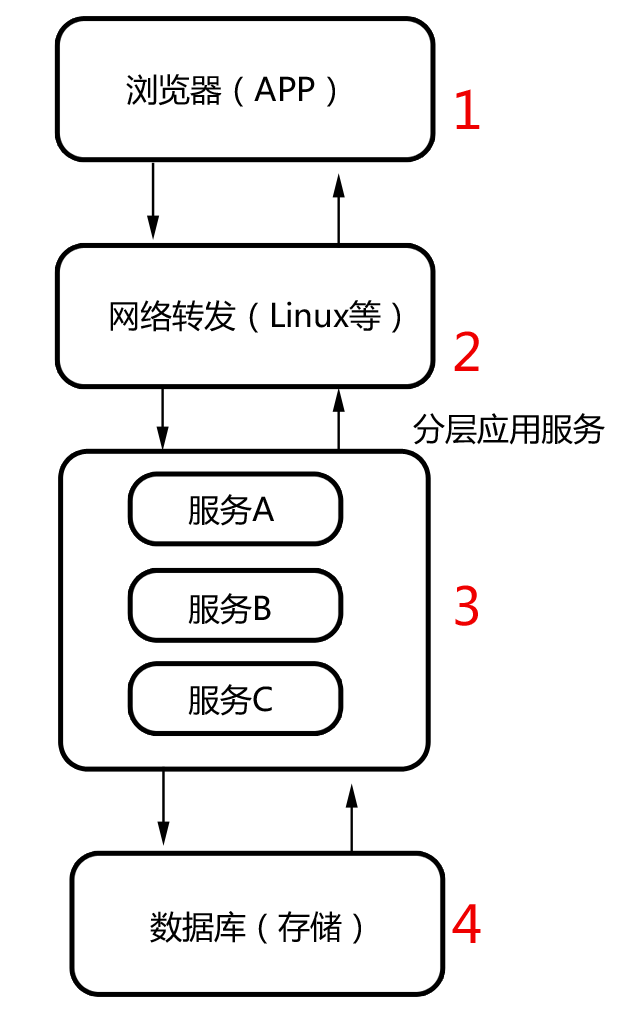Oracle分区表
作用:将在张大表的数据分布到多个表分区段,不同分区彼此独立,从而提高了表的可用性和性能
种类:范围分区,散列分区(使用HASH算法,最常使用),列表分区,范围/散列组合分区,范围/列表组合分区
范围分区表
创建范围分区表
create table t(v number,b number)partition by range(v) (partition p1 values less than ('11') tablespace test1,partition p2 values less than ('21') tablespace test2);
增加与删除分区
#增加分区
alter table t add partition p3 values less than ('31') tablespace test3;alter table t drop partition p3
一个时间分区的例子
alter session set nls_data_lanage=AMERICAN;alter session set nls_data_format='DD-MON-YYYY'create table t(v_date date,b number)partition by range(v_date)(partition p1 values less than ('01-APR-2009') tablespace test1,partition p2 values less than ('01-JUN-2009') tablespace test2);
2.散列分区表(最常用)
创建
create table t1(v number,b number)partition by hash(v)(partition p1 tablespace test1,partition p2 tablespace test2);
增加分区
alter table t add partition p3 tablespace test3;
删除分区
alter table t drop coalesce partition;
3.列表分区
建列表分区
create table t(v varchar2(10),b number)partition by list(v)(partition p1 values('a','b') tablespace test1,partition p2 values('c','d') tablespace test2);
#插入数据
SQL> insert into t values('a',10);SQL> insert into t values('d',20);
#注意,插入数据时第一个字段只能为a,b,c,d
SQL> insert into t values('f',30);ERROR at line 1:ORA-14400: inserted partition key does not map to any partition
#查询
select * from t;select * from t partition(p1);select * from t partition(p2);select * from t where v=XXX
增加分区
alter table t add partition p3 values('31','32') tablespace test3;
删除分区
alter table t drop partition p3
4.范围/散列组合分区
建立散列组合分区
create table t(v number,b number)partition by range(v)subpartition by hash(b) subpartitions 2store in (test1,test2)(partition p1 values less than ('11'),partition p2 values less than ('21'));
查询
select * from t;select * from t partition(p1);select * from t where ....
增加主分区和子分区
alter table t add partition p3 values less than ('31') tablespace test3;alter table t modify partition p3 add subpartition;
删除分区
alter table t coalesce partition;alter table t modify partition p1 coalesce subpartition;
5.范围/列表组合分区
创建
create table t(v number,b number)partition by range(v)subpartition by list(b)(partition p1 values less than ('11') tablespace test1(subpartition p1_1 values('1','3'),subpartition p1_2 values('5','6')),partition p2 values less than ('21') tablespace test2(subpartition p2_1 values('13','14'),subpartition p2_2 values('15','16')));
查询
select * from tselect * from t partition(p1)select * from t subpartition(p1_1)select * from t where .....select segment_name,partition_name,tablespace_namefrom user_segments where segment_name='T';
增加分区和子分区
alter table t add partition p3 values less than ('31') tablespace test3(subpartition p3_1 values('25','26'),subpartition p3_2 values('22','23'));alter table t modify partition r3add subpartition r3_3 tablespace test3 values('28','29');
删除分区
alter table t modify partition p1 coalesce subpartition;
其它设置
交换分区数据alter table t exchange partition p1 with table tt;载断分区alter table t truncate partition p1;修改分区名alter table t rename partition p2_1 to p2;合并分区alter table t merge partitions p1,p2 into partition p01重组分区alter table t move partition p1 tablespace test04为列表分区和子分区加值alter table t modify partition p1 add values('111');alter table t modify subpartition p3_1 add values('111');从列表分区和子分区中删除值alter table t modify partition p1 drop values('111')alter table t modify subpartition p3_1 drop values('111')
分区表常用的数据字典
分区表信息: dba_part_tables显示分区: dba_tab_partitions显示子分区: dba_tab_subpartitions显示分区列: dba_part_key_columns显示子分区列:dba_subpart_dey_columns显示分区索引:dba_part_indexes显示索引分区:dba_ind_partitions



































还没有评论,来说两句吧...